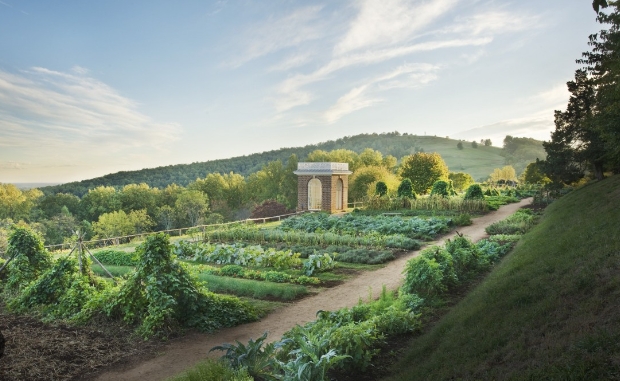Exploring the Legacy of a Pioneer: The Works of a Historic Landscape Architect
In the world of landscape architecture, there are few figures as influential as Frederick Law Olmsted. Known as the “father of American landscape architecture,” Olmsted’s legacy continues to shape the way we think about and interact with the natural world.
Pioneering Principles
Olmsted’s approach to landscape design was revolutionary for its time. He believed in creating spaces that were not only aesthetically pleasing, but also functional and accessible to all members of society. His designs often incorporated elements of his belief in the healing power of nature, creating environments that were conducive to both physical and mental well-being.
A Lasting Impact
Many of Olmsted’s most famous works still stand today as testaments to his innovative vision. Central Park in New York City, the Emerald Necklace in Boston, and the Biltmore Estate in North Carolina are just a few of the landmarks that bear his mark. These spaces continue to be cherished by visitors for their beauty and thoughtful design.
Influence on Modern Landscape Architecture
Olmsted’s influence can be seen in the work of countless landscape architects who have followed in his footsteps. His emphasis on creating spaces that are both beautiful and functional has become a guiding principle for many in the field. His commitment to accessible and inclusive design has also had a lasting impact on the profession.
Preserving His Legacy
As we continue to explore and enjoy the works of Frederick Law Olmsted, it is important to remember and honor his pioneering spirit. By preserving and maintaining his landscapes, we can ensure that future generations will be able to experience the beauty and innovation of his designs for years to come.
In conclusion, the legacy of Frederick Law Olmsted is one that continues to shape the world of landscape architecture today. His innovative approach to design and commitment to creating spaces that are accessible to all have left an indelible mark on the profession. By exploring and celebrating his works, we can gain a deeper appreciation for the impact that he has had on the way we interact with the natural world.

